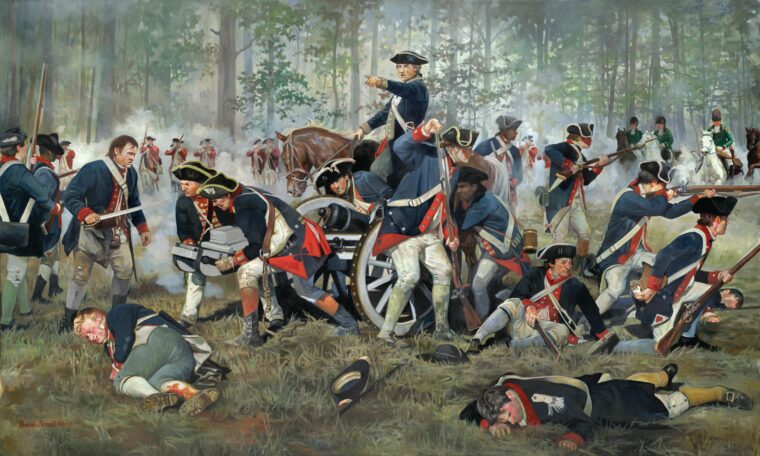
American Revolution
Greene’s Gamble at Hobkirk’s Hill
By Daniel MurphyIn late March 1781, American Maj. Gen. Nathanael Greene sought to make the best of a bad situation. Read more
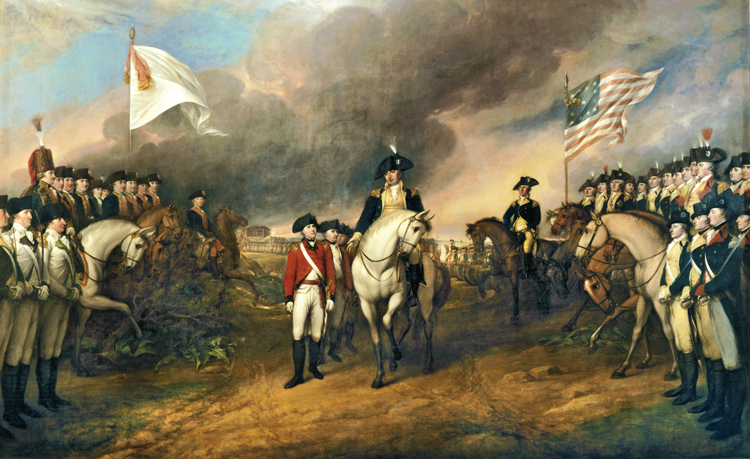

American Revolution
In late March 1781, American Maj. Gen. Nathanael Greene sought to make the best of a bad situation. Read more
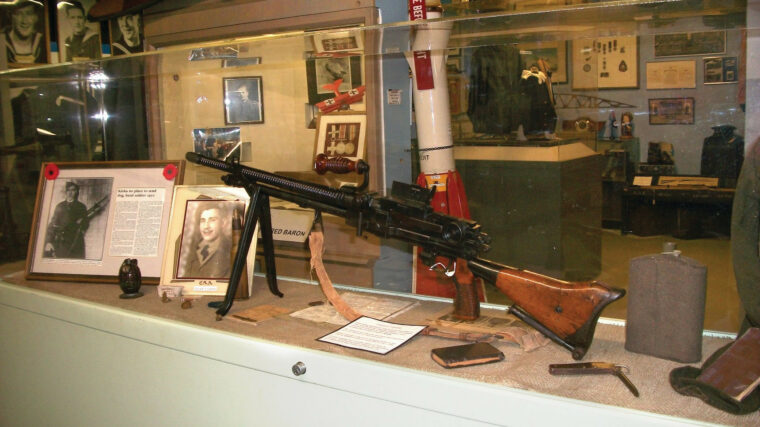
American Revolution
The Canadian Military Heritage Museum in Brantford, Ontario, has a four-part mission: to collect, preserve, and display artifacts pertaining to the military history of Canada; to maintain and manage a museum for the purpose of education; to display the artifacts at community events; and to honor the fallen and all veterans who have served and are still serving in the Canadian military. Read more
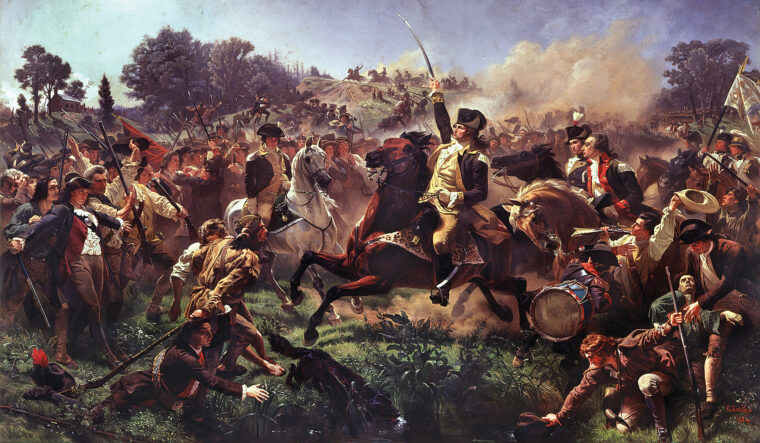
American Revolution
On June 19, 1778, Continental soldiers marched out of Valley Forge, happy to leave the rough wooden cabins where they had spent a miserable winter; cold, hunger, and disease had been their constant companions. Read more
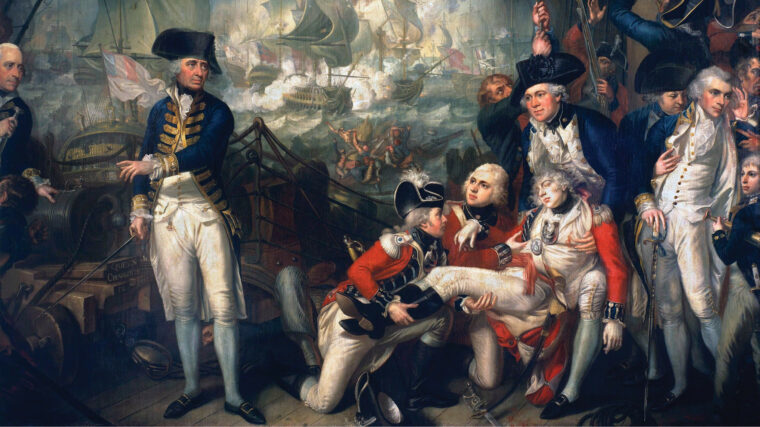
American Revolution
British Admiral Lord Richard Howe, standing on the quarterdeck of his 100-gun ship of the line Queen Charlotte, snapped his signal book shut on the morning of June 1, 1794. Read more
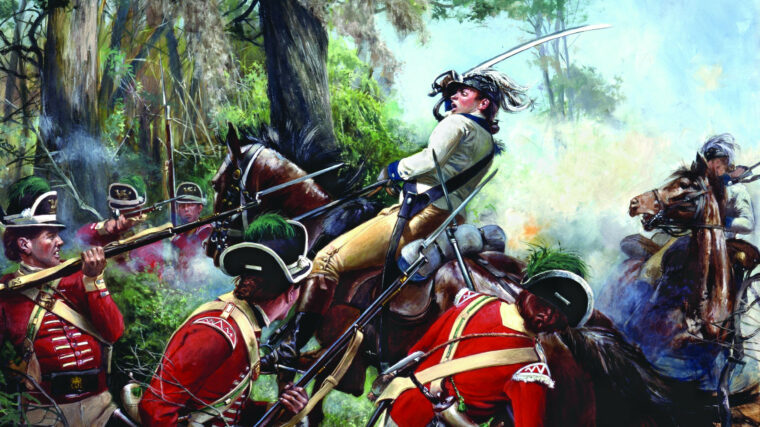
American Revolution
In the early morning hours of September 8, 1781, drums rolled and fifes played in Maj. Gen. Nathanael Greene’s camp in the High Hills of southeastern South Carolina. Read more
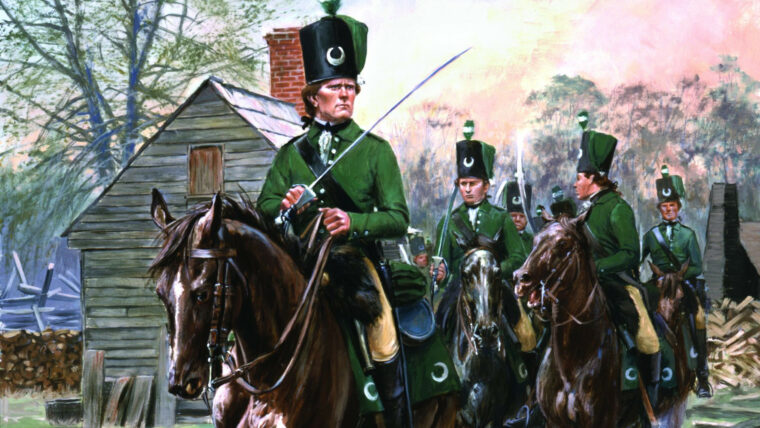
American Revolution
British Army officer John Graves Simcoe wanted to command a corps of irregular troops. He believed that there were opportunities in “the service of a partisan” that taught a man habits of self-dependence and prompt decision making rarely found in the duties of a subordinate officer. Read more
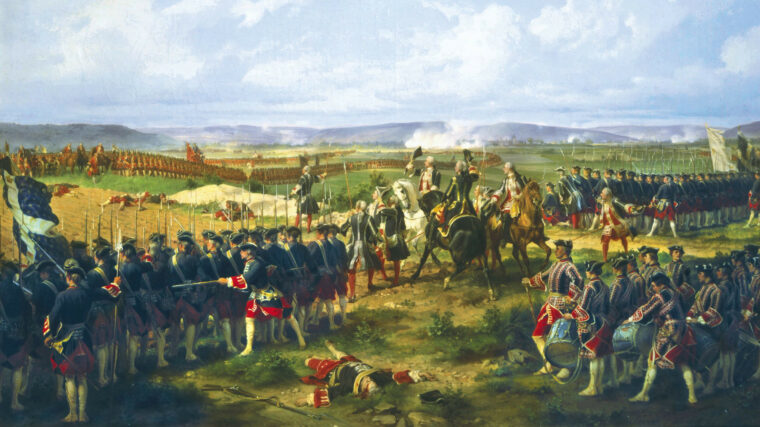
American Revolution
On the snowy field of Mollwitz, Poland, on April 10, 1741, newly installed King Frederick II of Prussia faced a formidable army of Austria. Read more
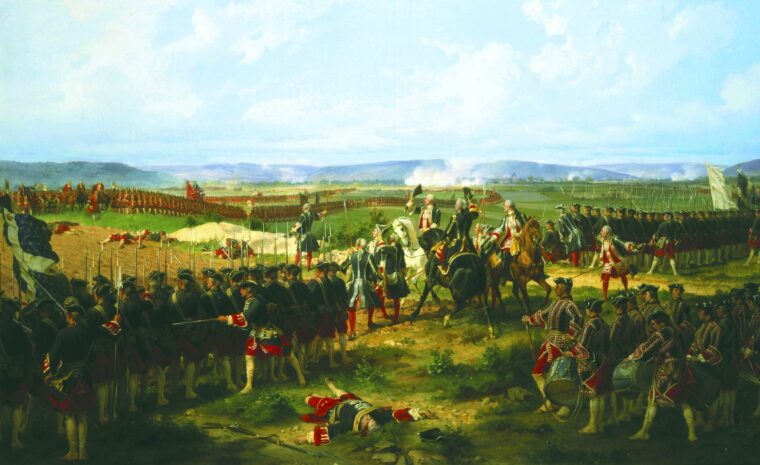
American Revolution
Few men in the 18th century lived a life as varied and unpredictable as that of Henry Lloyd. Read more
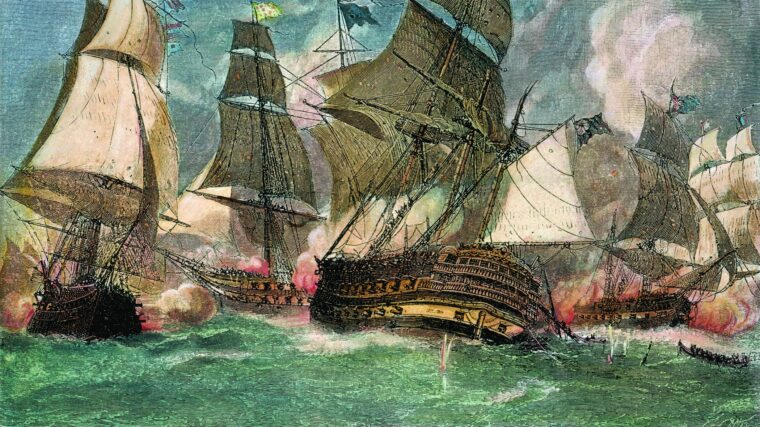
American Revolution
When most Americans think of the triumphant ending of the Revolutionary War, they almost exclusively credit George Washington for the miraculous outcome, forgetting that the war was part of a much larger worldwide contest of which the revolution in the colonies was only a part. Read more
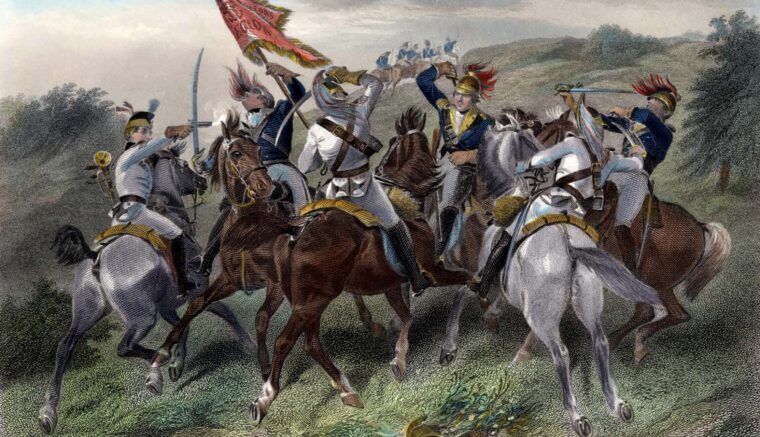
American Revolution
William Augustine Washington was born on February 28, 1752 in Stafford County, Va. The eldest son of Bailey Washington, William was destined to be the paladin of the Southern cavalry during the American War of Independence. Read more
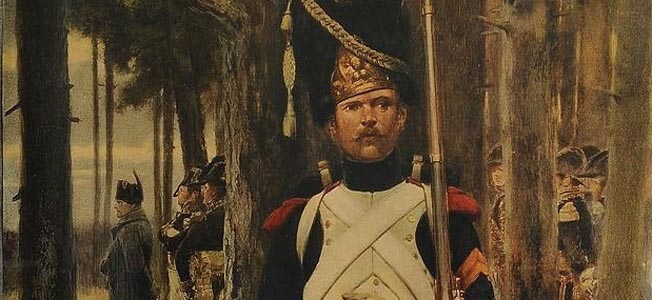
American Revolution
Among the many local units composing Washington’s army at the Battle of Long Island was the Grenadier Company of New York. Read more
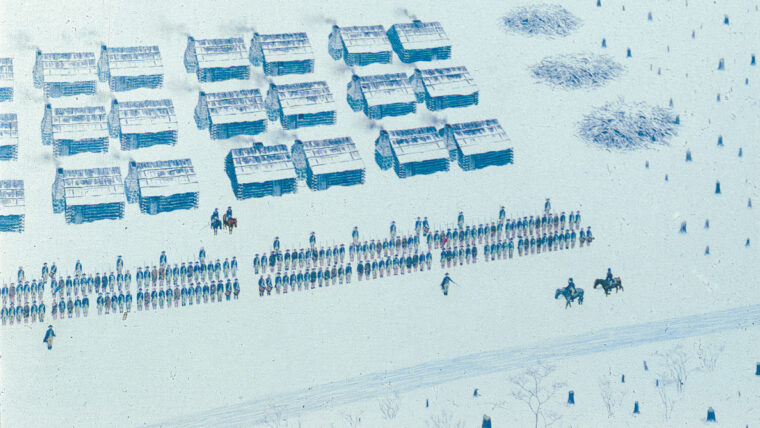
American Revolution
Despite never having gained the mythological fame of Valley Forge, the encampment of the Continental Army at Morristown, New Jersey, over the winter of 1779-80 was a horrendous trial, worse for the men than that at the Pennsylvania hollow, and dire for the revolutionary cause. Read more
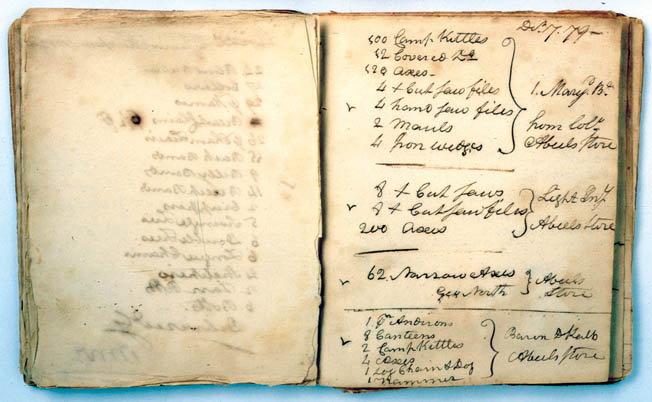
American Revolution
Much has been written about the great figures of the American Revolution, and many notable personalities of the era have left extensive writings recording their respective roles. Read more
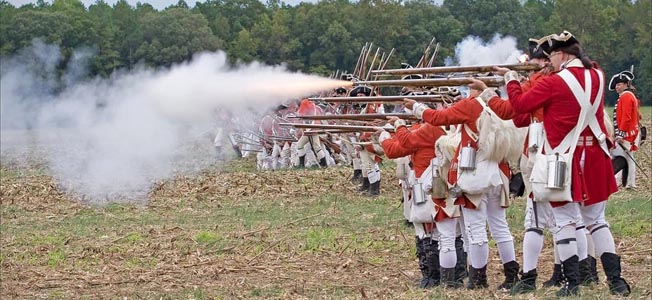
American Revolution
The French advanced swiftly, with men yelling “Hurrah” and officers shouting encouragement. They knew the British were to the front, somewhere, although they could not see them yet, and they expected to roll over the enemy in an impetuous, distinctively Gallic tide. Read more
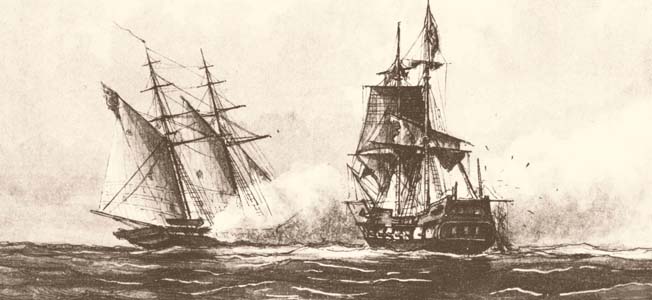
American Revolution
Following the exploits of John Paul Jones and the Continental Navy during the American Revolutionary War, the U.S. Read more
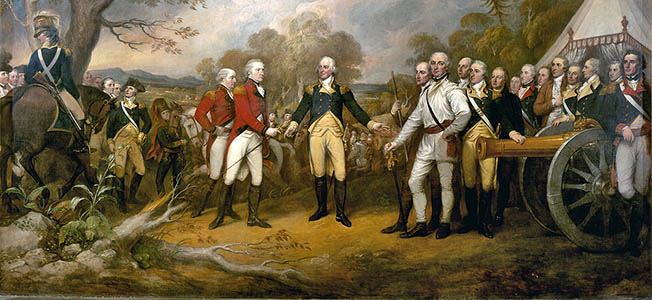
American Revolution
The thick gray smoke of battle engulfed the high ground a mile west of the river but it did not deter one American officer from dashing back and forth on his frothing horse from one brigade to the next exposing himself to shot and shell. Read more
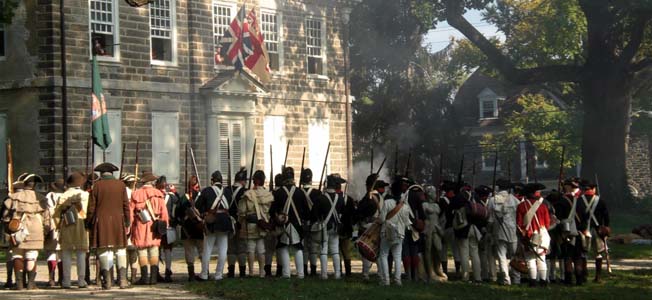
American Revolution
There’s a special poignancy in viewing a recreation of the fighting at Cliveden and the Battle of Germantown where it actually took place. Read more
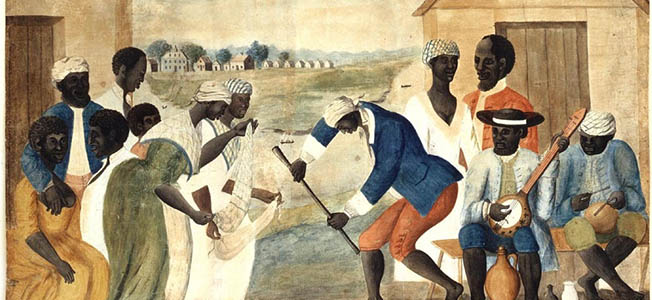
American Revolution
Contrary to popular belief, slavery in America was a subject of much contention long before the Civil War. Read more
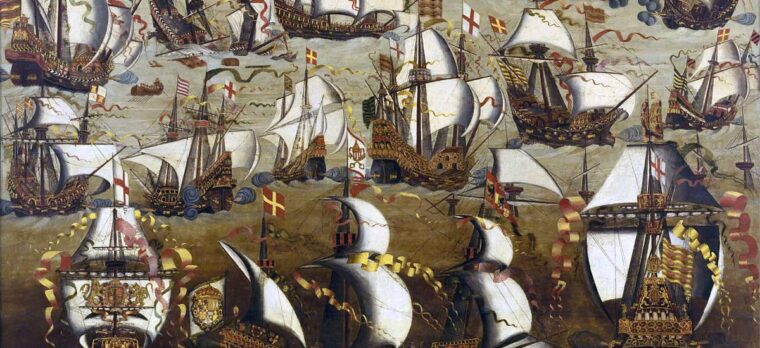
American Revolution
The age of the sailing warships lasted less than three hundred years, beginning roughly with the battle of the Spanish armada against the English fleet under Howard and Drake in 1588, and ending at the Battle of Navarrino in 1827, the last major naval engagement fought completely under canvas. Read more